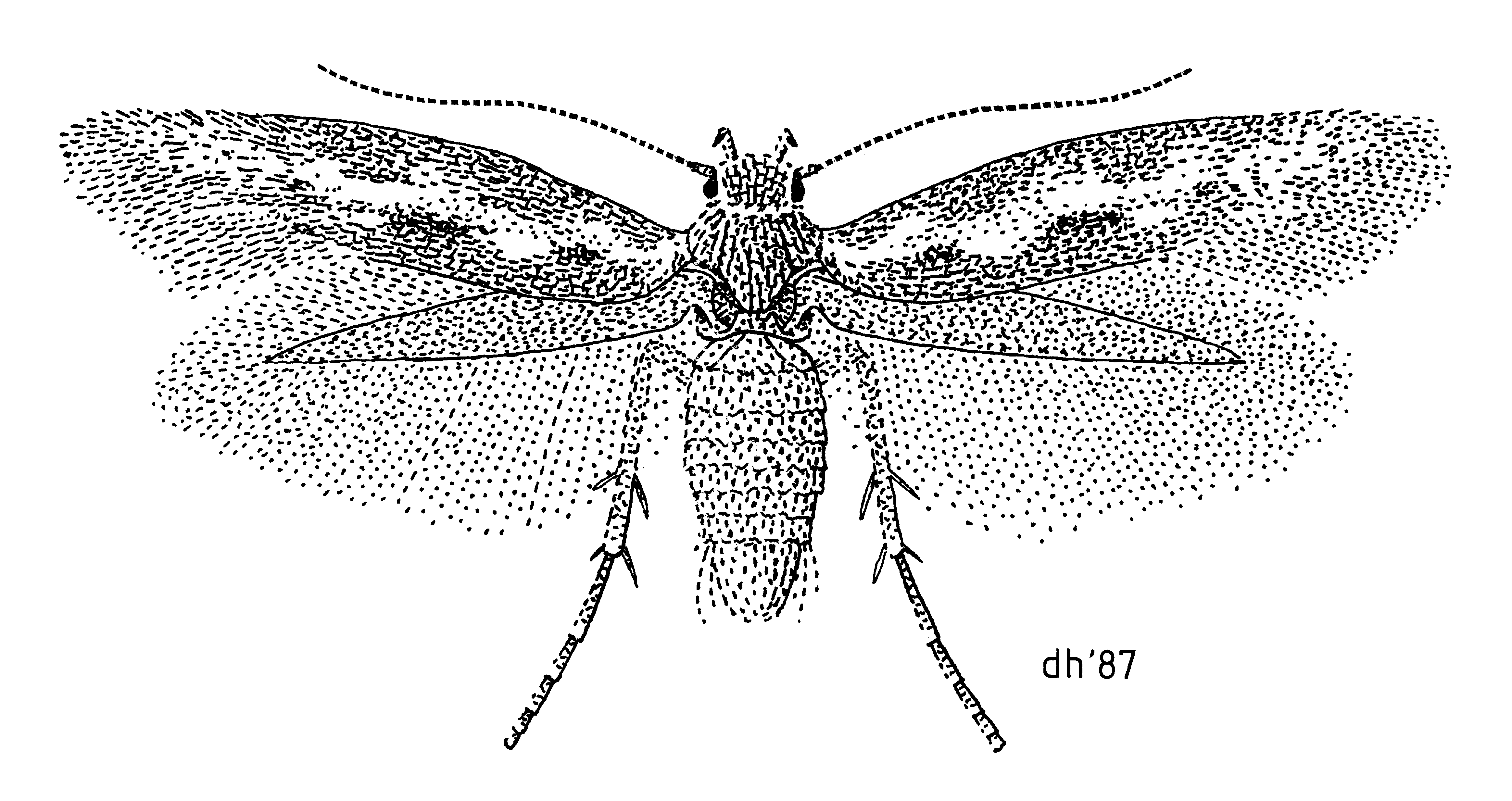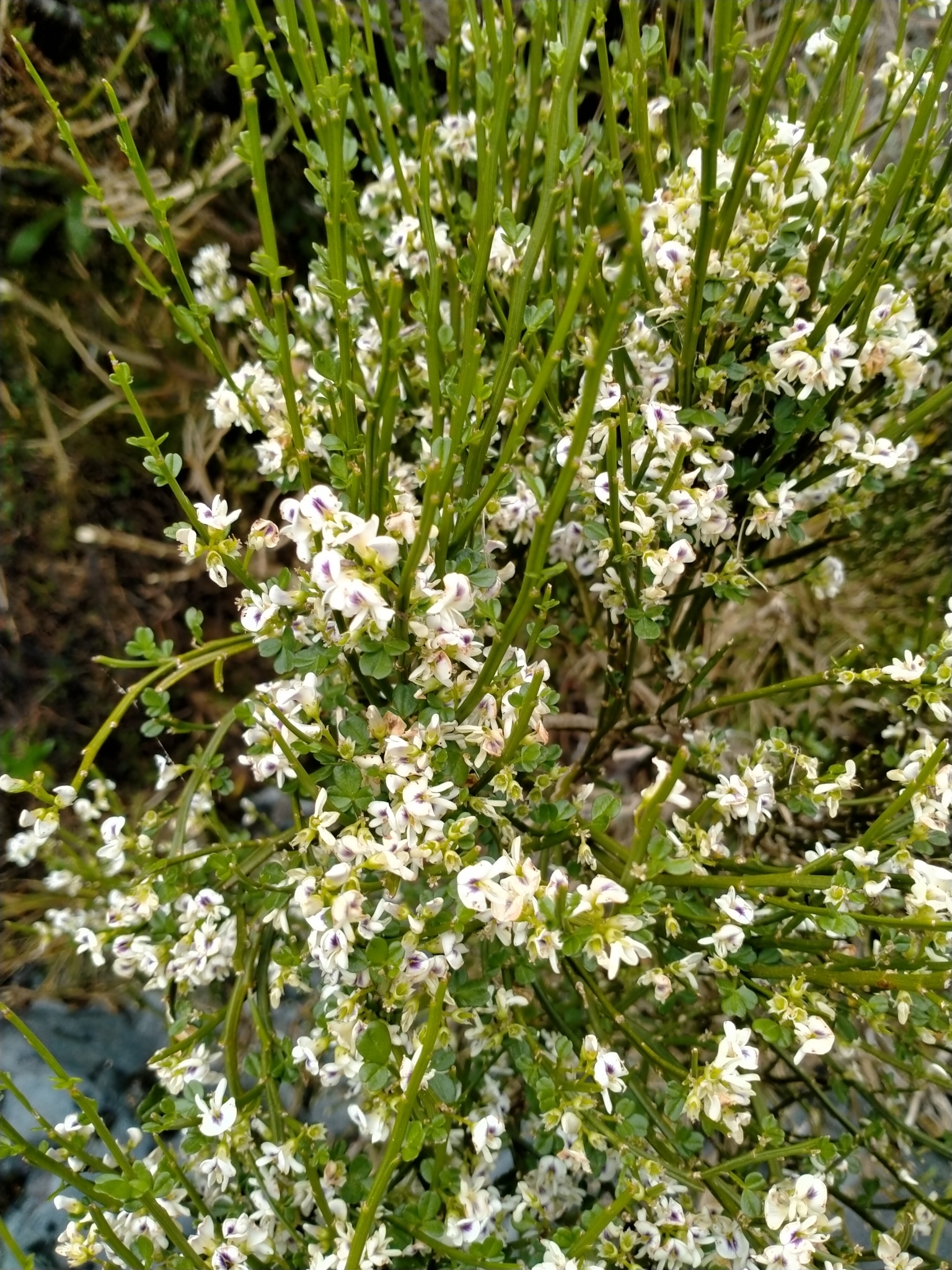Scythris Epistrota on:
[Wikipedia]
[Google]
[Amazon]
''Scythris epistrota'' is a species of moth in the family Scythrididae first described by Edward Meyrick in 1889. It is endemic to New Zealand and has been observed in the
 Meyrick described this species as follows:
Meyrick described this species as follows:
 This species inhabits open grass country and shrubland. Hudson stated in his book ''A supplement to the butterflies and moths of New Zealand'' that the larvae of ''S. epistrota'' on species of '' Carmichaelia'' at Clarence Bridge, near Kaikoura, in November. This larval host was confirmed by Brian Patrick in 1994.
This species inhabits open grass country and shrubland. Hudson stated in his book ''A supplement to the butterflies and moths of New Zealand'' that the larvae of ''S. epistrota'' on species of '' Carmichaelia'' at Clarence Bridge, near Kaikoura, in November. This larval host was confirmed by Brian Patrick in 1994.
South Island
The South Island, also officially named , is the larger of the two major islands of New Zealand in surface area, the other being the smaller but more populous North Island. It is bordered to the north by Cook Strait, to the west by the Tasman ...
. The larvae have been found on species of New Zealand broom
''Carmichaelia'' (New Zealand brooms) is a genus of 24 plant species belonging to Fabaceae, the legume family. All but one species are native to New Zealand; the exception, '' Carmichaelia exsul'', is native to Lord Howe Island and presumably d ...
and they pupate within an irregularly shaped, dense, silken cocoon. Adults are day flying and are on the wing from November until February.
Taxonomy
This species was first described by Edward Meyrick in 1889 and named ''Butalis epistrota''. Meyrick used specimens collected on the Port Hills in Christchurch and at Mount Arthur in January when first describing this species. In 1928 George Hudson discussed this species in his book ''The Butterflies and Moths of New Zealand''. However John S. Dugdale pointed out that both the description and illustration given in that book by Hudson related to an undescribed species from Mount Arthur. In 1930, thinking he was describing a new species,Alfred Philpott
Alfred Philpott (15 December 1870 – 24 July 1930) was a New Zealand museum curator, entomologist and writer. He was born in Tysoe, Warwickshire
Warwickshire (; abbreviated Warks) is a county in the West Midlands region of England. The ...
named this species ''Elachista laucstris''. Meyrick synonymised this name with ''S. epistrota'' in 1931. Hudson confirmed this synonymy in 1939. The male lectotype is held at the Natural History Museum, London.
Description
 Meyrick described this species as follows:
Meyrick described this species as follows:
Distribution
This species is endemic to New Zealand. Other than the type locality of the Port Hills near Christchurch, this species has been observed in Kaikōura,, nearLake Pukaki
Lake Pukaki is the largest of three roughly parallel alpine lakes running north–south along the northern edge of the Mackenzie Basin on New Zealand's South Island. The others are Lakes Tekapo and Ohau. All three lakes were formed when the te ...
, in Twizel, and in Queenstown.
Behaviour
The larvae emerge from their eggs during October to December. The larvae pupate in an irregularly shaped, dense, silken cocoon. The adults of this species are day flying and are on the wing from November until February. This species has been collected via hand collecting and Malaise trapping.Habitat and hosts
 This species inhabits open grass country and shrubland. Hudson stated in his book ''A supplement to the butterflies and moths of New Zealand'' that the larvae of ''S. epistrota'' on species of '' Carmichaelia'' at Clarence Bridge, near Kaikoura, in November. This larval host was confirmed by Brian Patrick in 1994.
This species inhabits open grass country and shrubland. Hudson stated in his book ''A supplement to the butterflies and moths of New Zealand'' that the larvae of ''S. epistrota'' on species of '' Carmichaelia'' at Clarence Bridge, near Kaikoura, in November. This larval host was confirmed by Brian Patrick in 1994.
References
{{Taxonbar, from=Q14325644 Scythrididae Moths described in 1889 Moths of New Zealand Endemic fauna of New Zealand Taxa named by Edward Meyrick Endemic moths of New Zealand